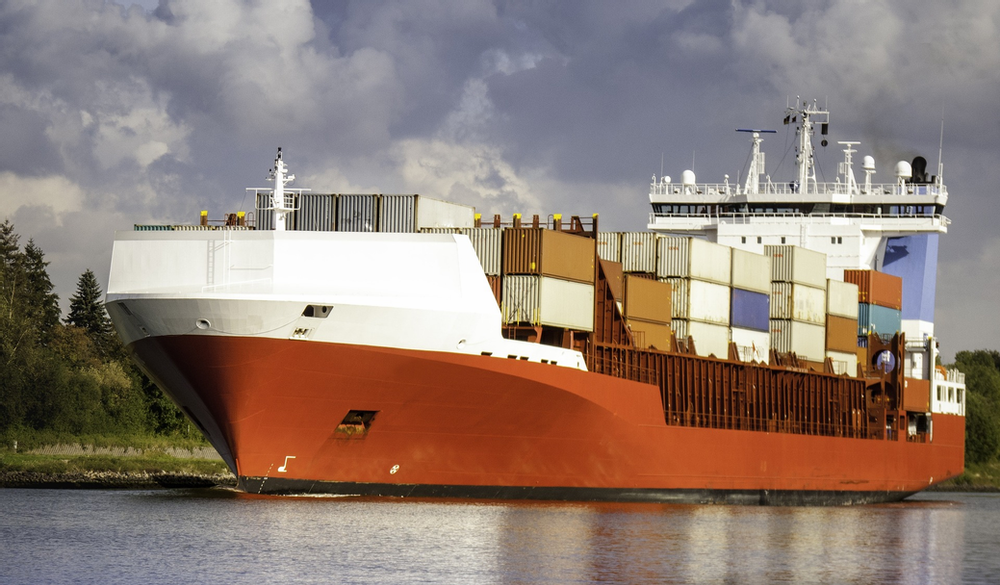
What to Expect When U.S. Port Fees on Chinese-Linked Vessels Take Effect Next Week
Beginning October 14, the United States will begin enforcing the long-awaited Section 301 port-entry fees targeting vessels that are built, owned, or operated by Chinese entities.
The anticipation of these new fees has already led to changes in many carriers' routes, but the more direct financial impact is about to be felt. Cost aside, the repercussions for carriers include that ships arriving in the U.S. without proof of payment will be denied loading and unloading privileges, according to the latest guidance from U.S. Customs and Border Protection (CBP). This policy is a result of the U.S. Trade Representative’s investigation into China’s state-supported dominance of global shipbuilding and maritime logistics, which concluded that such practices harm fair competition and national security.
TO RECAP: Under the new rules, Chinese-owned or -operated vessels will be charged US$50 per net tonne (NT) in the first year of enforcement, with fees scheduled to rise incrementally to US$140 per NT by 2028. Ships built in China, even if owned by non-Chinese entities, will face fees of US$18 per NT or US$120 per container discharged, whichever is higher. The fee applies to each vessel’s first U.S. port entry per voyage, with a cap of five entries per year. Payments must be made through the U.S. Treasury’s Pay.gov system, which connects to the Vessel Entrance and Clearance System (VECS) to verify proof of payment before arrival.
The financial impact is expected to be significant. Analysts estimate that the total industry exposure exceeds US$3 billion annually, with carriers such as COSCO facing the largest potential burden. Some operators may attempt to pass the new charges downstream to charterers and shippers, creating uncertainty when it comes to contract negotiations and freight rates. For now, however, carriers are claiming the fees will not be passed on as a surcharge. But that could change at any time.
Non-compliance carries serious operational risk, as CBP will deny port access to any vessel lacking verified payment. Exemptions and temporary waivers exist, including relief for shipowners investing in U.S.-built replacements or operating under U.S. government programs, but these require prior approval and documentation.
What should your company do now?
- Importers should work with carrier partners to identify known vessels in their fleet that are Chinese-built, owned, or operated.
-
Contracts should be reviewed to determine any applicable cost-sharing obligations.
- Steps should be taken, where possible, to consider shifting routings away from affected tonnage or pursuing waivers through U.S.-built vessel commitments.
Enforcement of the new fees may continue to impact routings, with other unexpected costs being passed on to importers by carriers. Transmodal will continue to provide updates on this topic as warranted.
